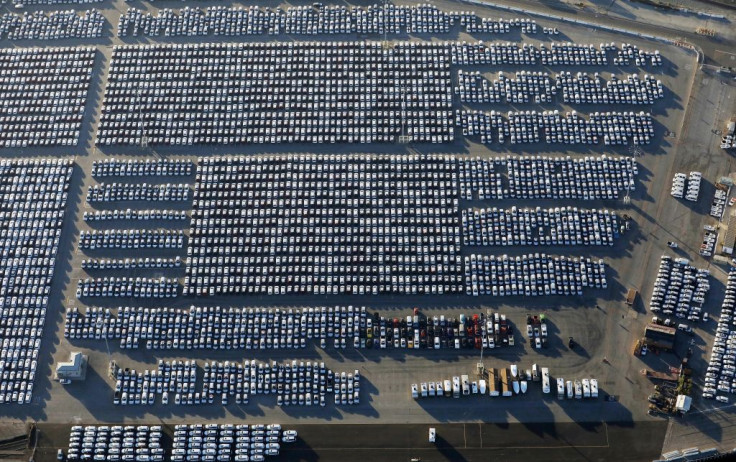China Exports, Imports To US Fall Sharply Amid Trade War Tensions

China’s exports to and imports from and the United States plunged in August as Trump’s continuing trade war continues to batter China’s already reeling economy.
China’s exports to the U.S. in August plummeted 16 percent year-on-year to $44.4 billion due to much higher U.S. tariffs. On the other hand, China’s imports of U.S. goods sank 22 percent year-on-year in August to $10.3 billion, according to data from China’s General Administration of Customs. This was the result of Chinese tariff increases and buyers canceling orders from U.S. firms.
China’s trade surplus with the U.S. rose to $31.3 billion compared to $27 billion in August 2018.
Official Chinese government data shows imports contracted for the fourth consecutive month in August since April. Analysts said the weak August imports indicate the effects of Beijing’s fiscal stimulus have yet to influence the real economy.
The sobering August figure confirms the July spike in China’s exports was a one-off anomaly unlikely to be repeated this year. Analysts noted the August decline means China’s exports have only grown for only one month in 2019.
China’s global exports fell 3 percent to $214.8 billion. Imports rose 1.7 percent at $180 billion. For the first eight months of this year, China’s exports were 1 percent lower year-on-year. Imports were down 5.6 percent.
China’s global trade surplus grew 25 percent year-on-year to $34.8 billion. Exports to the European Union rose 3 percent year-on-year to $38.3 billion.
On the other hand, Chinese exports to Europe, South Korea, Australia, and Southeast Asia were worse compared with July. Exports to Japan and Taiwan were slightly better.
Many analysts expect China’s export growth will slow further for the rest of the year as can be seen in weak export orders in both official and private factory surveys. More of the new U.S. tariff measures will take effect on Oct. 1 and Dec. 15
“China-U.S. trade friction has led to a sharp decline in China’s exports to the United States,” according to Steven Zhang, chief economist and head of research at Morgan Stanley Huaxin Securities.
China’s sluggish exports figures will put more pressure on China’s already faltering economy, and will goad Beijing into taking more measures to prevent more economic weakening.
On Friday, the People’s Bank of China (PBOC) said it will slash the amount of cash banks must hold as reserves to its lowest level since 2007. This latest cut to the reserve requirement ratio (RRR) seeks to inject liquidity into the economy and bolster tepid consumer demand.
The cut to the RRR was the seventh time since early 2018. The aim now and in the past cuts was to release more money for lending to small- and medium enterprises. SMEs account for most of China’s economic growth and employment but are considered bad credit risks by Chinese banks.
Previous bouts of government stimulus have, thus far, failed to kick-start purchases of big ticket items such as cars.
China has also allowed its embattled yuan to fall to RMB7.00 to $1 in August, the first time since the global financial crisis. This depreciation forced the Trump administration to label China a currency manipulator again despite the 3.8 percent depreciation of the yuan in August failing to stop the decline in exports.
“Exports are still weak even in the face of substantial yuan currency depreciation, indicating that sluggish external demand is the most important factor affecting exports this year,” Zhang Yi, economist at Zhong Hai Sheng Rong Capital Management, told CNBC.
Weak domestic demand and weak global commodity prices are seen as the main factor in the yuan’s continuing decline. China’s domestic consumption and investment have also remained weak despite more than a year of government stimulus.

© Copyright IBTimes 2025. All rights reserved.





















